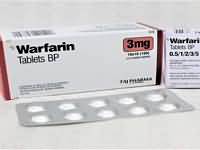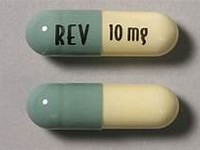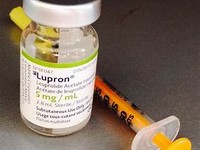Warfarin sodium

CLINICAL USE
AnticoagulantDOSE IN NORMAL RENAL FUNCTION
Depends on INRPHARMACOKINETICS
DOSE IN RENAL IMPAIRMENT
GFR (mL/MIN)
DOSE IN PATIENTS UNDERGOING RENAL REPLACEMENT THERAPIES
IMPORTANT DRUG INTERACTIONS
Potentially hazardous interactions with other drugs There Are Many Significant Interactions With Warfarin Prescribe With Care With Regard To The Following: Anticoagulant effect enhanced by: alcohol, amiodarone, anabolic steroids, aspirin, azithromycin, aztreonam, bicalutamide, cephalosporins, chloramphenicol, cimetidine, ciprofloxacin, clarithromycin, clopidogrel, cranberry juice, danazol, danshen, dextropropoxyphene, dipyridamole, disulfiram, entacapone, erythromycin, esomeprazole, exenatide, ezetimibe, fibrates, fluconazole, flutamide, fluvastatin, glucosamine, grapefruit juice, itraconazole, ketoconazole, levamisole, levofloxacin, levothyroxine, macrolides, methylphenidate, metronidazole, miconazole, mirtazepine, nalidixic acid, neomycin, norfloxacin, NSAIDs, ofloxacin, omeprazole, pantoprazole, paracetamol, penicillins, proguanil, propafenone, rosuvastatin, saquinavir, SSRIs, simvastatin, sitaxentan, sulfinpyrazone, sulphonamides, tamoxifen, testosterone, tetracyclines, tigecycline, toremifene, tramadol, trimethoprim, valproate, venlafaxine, voriconazole Anticoagulant effect decreased by: acitretin, atorvastatin, azathioprine, barbiturates, carbamazepine, ginseng, griseofulvin, mercatopurine, mitotane, oral contraceptives, phenytoin, primidone, rifampicin, St John’s wort (avoid concomitant use), sucralfate, vitamin K Anticoagulant effects enhanced/reduced by: amprenavir, anion exchange resins, atazanavir, corticosteroids, dietary changes, nevirapine, ritonavir, tricyclicsADMINISTRATION
Reconstition
–Route
OralRate of Administration
–Comments
–OTHER INFORMATION
Inactive metabolites renally excreted and may accumulate in renal impairment Reduced protein binding in renal impairment .
See how to identify renal failure stages according to GFR calculation
See how to diagnose irreversible renal disease
Home








